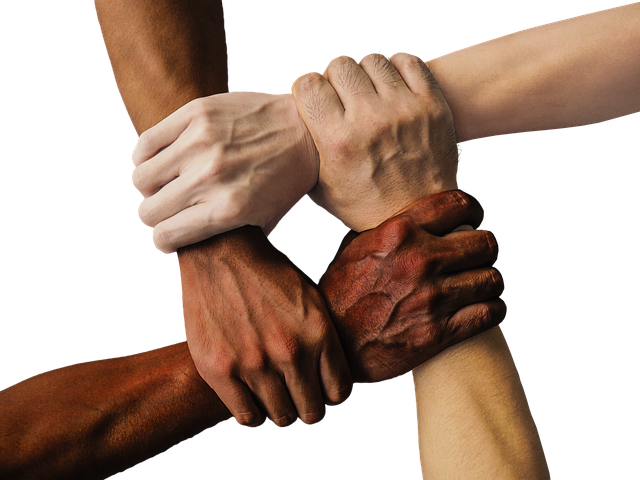Collaborative Models for Crisis Response at the Local Level
Local communities often face unpredictable crises that require coordinated, people-centered responses. This article examines collaborative models that emphasize inclusion, equity, and resilience while balancing civic responsibility, volunteerism, and professional services to support wellbeing, accessibility, and community cohesion.

Local crisis response depends on networks that combine formal agencies, civic groups, and residents. Effective models prioritize inclusion and equity so that resources and information reach diverse populations, including people with disabilities, non-native language speakers, and those with limited mobility. Ground-level planning that involves community voices creates practical procedures for outreach, sheltering, and recovery, and it strengthens trust. Building resilience locally means preparing systems that can adapt during events while maintaining dignity and access for all community members.
How does inclusion shape local response?
Inclusion in crisis response means designing outreach and services with varied needs in mind. Practically, this can involve multilingual communications, culturally responsive sheltering, and accessible information formats for people with visual or hearing impairments. Inclusion also requires engaging representatives from different neighborhoods and demographic groups during planning so that response scenarios reflect lived experiences. When inclusion is embedded in training and drills, assistance is more likely to reach marginalized residents quickly and reliably, reducing barriers to safety and resources during the most critical moments.
How can equity and accessibility be advanced?
Advancing equity requires analyzing who is most vulnerable before a crisis and allocating resources to address those disparities. Accessibility spans physical access to shelters and service sites, plus digital access to information and registration systems for aid. Local governments and partners can conduct accessibility audits, distribute transportation vouchers, and plan decentralized service points to reduce travel burdens. Equity-focused policies also track resource distribution and outcomes to ensure that relief efforts close gaps rather than reinforce existing inequities in health, housing, or economic stability.
Community engagement and volunteerism roles
Community engagement and volunteerism amplify local capacity by tapping residents’ knowledge, skills, and social connections. Formal volunteer programs with clear training, liability coverage, and coordination reduce risks and increase effectiveness. Community-based organizations often bridge cultural gaps and facilitate culturally appropriate assistance, improving uptake among diverse groups. Sustained engagement—beyond emergency periods—builds social capital that supports rapid mutual aid, informal check-ins for wellbeing, and neighborhood-level preparedness activities that complement official response systems.
How does civic policy support resilience and wellbeing?
Civic policy sets the rules and resources that shape crisis outcomes. Zoning, emergency funding allocations, and interagency memoranda of understanding determine where shelters open, how volunteers are credentialed, and which populations receive priority services. Policies that integrate mental health support, tenant protections, and continuity plans for essential services contribute to overall wellbeing. Local policymaking that incorporates community feedback and transparent accountability mechanisms helps policies remain responsive and equitable under changing conditions.
How can collaboration and diversity improve outcomes?
Collaboration across sectors—public agencies, nonprofits, faith groups, businesses, and residents—creates redundancy and complementary capacities. Diverse partnerships bring different problem-solving approaches and access to varied networks, enabling tailored responses for cultural communities, age groups, or language communities. Regular joint exercises, shared communication platforms, and agreed-upon roles reduce confusion during crises. Emphasizing diversity within leadership and coordination teams also improves cultural exchange and ensures that strategies are informed by multiple perspectives.
How are mental health and cultural exchange integrated?
Addressing mental health during and after crises is part of holistic recovery. Integrating culturally informed mental health services—such as peer support, trauma-informed counseling, and community-based rituals—helps communities process loss and stress in ways that resonate locally. Cultural exchange initiatives, like multilingual outreach and partnership with cultural institutions, support identity-affirming care and reduce stigma around seeking help. Training first responders and volunteers in psychological first aid and cultural competence improves the accessibility and effectiveness of mental health supports.
Local response models that center collaboration, inclusion, and clear policy frameworks increase the likelihood that assistance reaches those who need it most. By pairing community-driven engagement with formal systems, municipalities can improve accessibility, strengthen resilience, and protect wellbeing across diverse populations. Sustained investment in training, equitable planning, and cross-sector communication supports recovery pathways that are adaptable, fair, and locally grounded.





